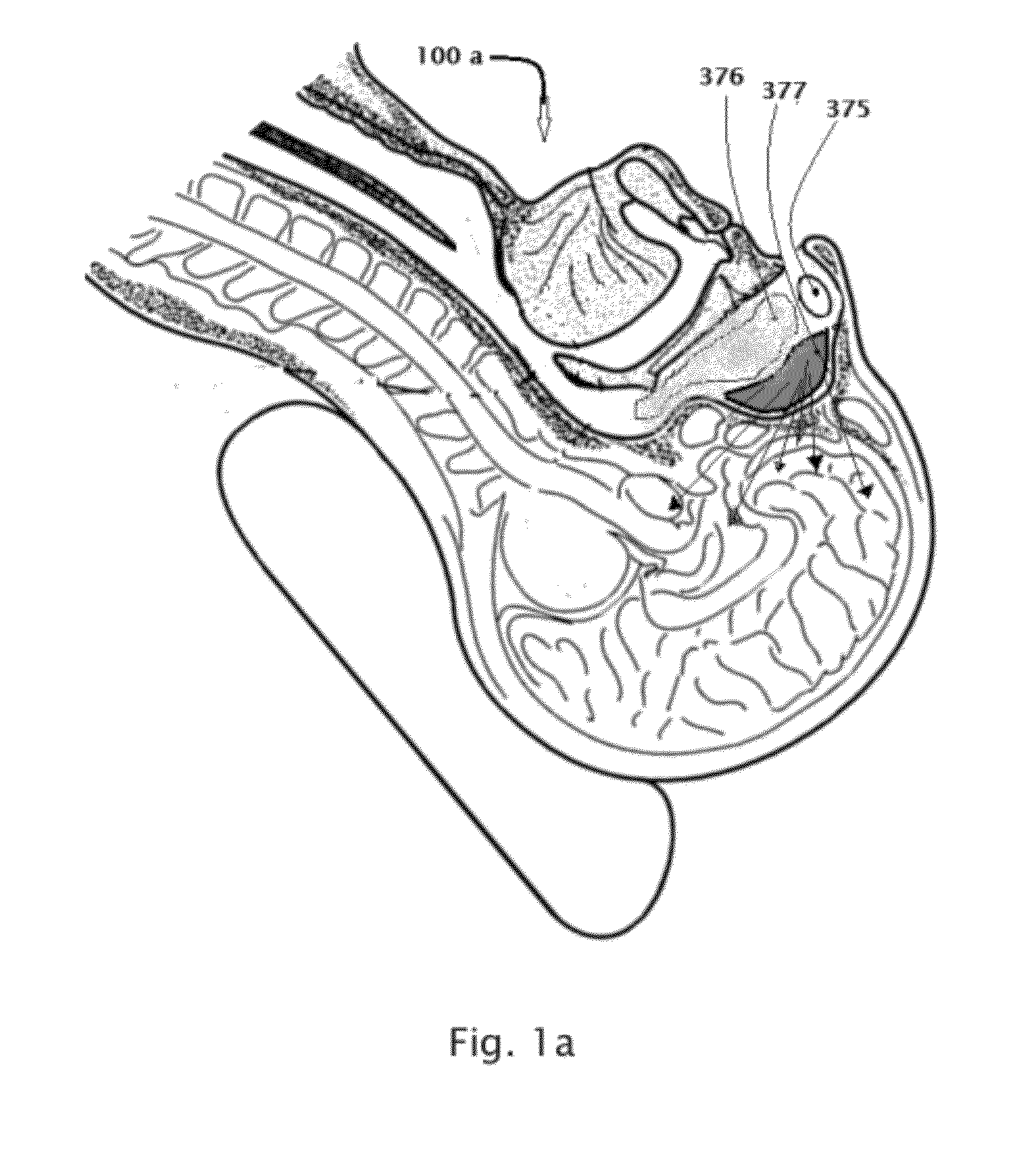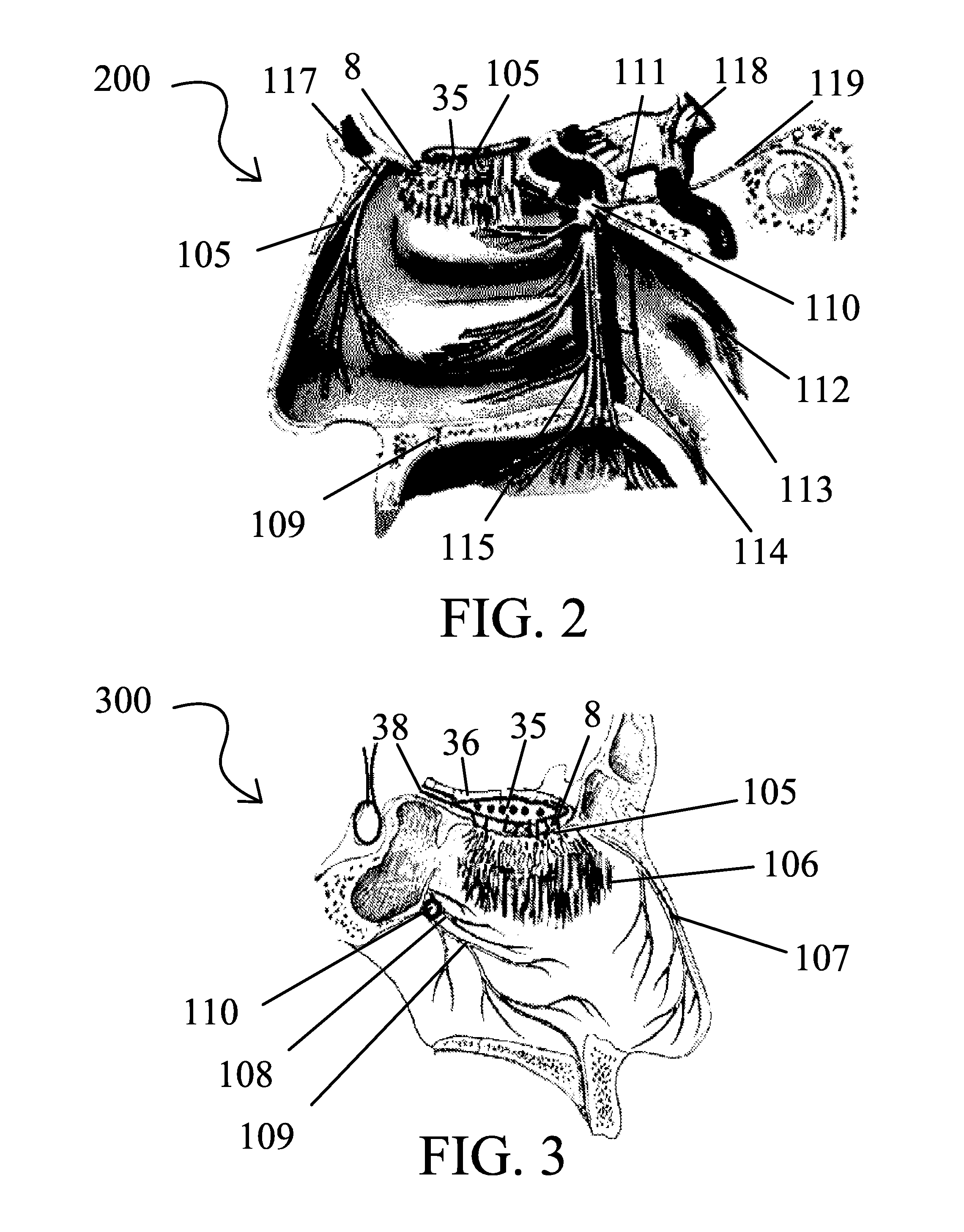Autism treatment
a technology for autism and spectrum disorders, applied in the field of autism treatment, to achieve the effects of facilitating delivery of large molecular weight compounds, and reducing the risk of side effects
- Summary
- Abstract
- Description
- Claims
- Application Information
AI Technical Summary
Benefits of technology
Problems solved by technology
Method used
Image
Examples
example 1
[0414]As enumerated above, the insulin has a significant numbers of functions in the central nervous system. Insulin receptors are densely localized in the hippocampus, the medial temporal cortex (area 24, 38), and the frontal cortex of the CNS. The insulin receptors are found predominantly in synapses, where insulin signaling contributes to synaptogenesis and synaptic remodeling in autism (Chiu S L, Chen C M, Cline H T. Insulin receptor signaling regulates synapse number, dendritic plasticity, and circuit function in vivo. Neuron. 2008; 58(5):708-719. Zhao W Q, Townsend M. Insulin resistance and amyloidogenesis as common molecular foundation for type 2 diabetes and Alzheimer's disease. Biochim Biophys. Acta.009; 1792(5):482-496).
[0415]We have used Chitosan spray before delivering the therapeutic agents to ORE. It is a bioadhesive material which is able to decrease the clearance of formulations from the ORE, at the same time transiently opens the tight junctions in olfactory mucosal...
example 2
[0421]I. Place ASD patient as described above.[0422]II. Administer insulin 4 IU with 5% glucose through the nostril to ORE one or two times a day.[0423]III. Make sure there are no signs and symptoms of hypoglycemia.[0424]IV. Let the patient stay in the neck extended position for 15-20 minutes to allow the absorption of therapeutic agents without dripping back into the nasopharynx.[0425]V. Thirty to sixty minutes later, subject the patients to various physical, speech and other therapies prescribed as part of the protocol.
Insulin with glucose in the CNS will have positive effect on the neuropil involved in the genesis of ASD.
example 3
[0426]Insulin-like growth factors (IGFs) have a pivotal role during nervous system development and in its functional maintenance (Isabel Varela-Nieto et al. Trophic effects of insulin-like growth factor-I (IGF-I) in the inner ear. Hearing Research, Volume 196, Issues 1-2, October 2004, Pages 19-25). IGF-I and its high affinity receptor (IGF1R) are expressed in the developing inner ear and in the postnatal cochlear and vestibular ganglia. It has been shown that the trophic support by IGF-I is essential for the early neurogenesis of the chick cochlea-vestibular ganglion (CVG) by regulating the activity and / or levels of key intracellular molecules, including lipid and protein kinases such as ceramide kinase, Akt and jun N-terminal kinase (JNK). Mice lacking IGF-I lose many auditory neurons and present increased auditory thresholds at early postnatal ages. Neuronal loss associated to IGF-I deficiency is caused by apoptosis of the auditory neurons, which presented abnormally increased le...
PUM
| Property | Measurement | Unit |
|---|---|---|
| angle | aaaaa | aaaaa |
| size | aaaaa | aaaaa |
| size | aaaaa | aaaaa |
Abstract
Description
Claims
Application Information
 Login to View More
Login to View More - R&D
- Intellectual Property
- Life Sciences
- Materials
- Tech Scout
- Unparalleled Data Quality
- Higher Quality Content
- 60% Fewer Hallucinations
Browse by: Latest US Patents, China's latest patents, Technical Efficacy Thesaurus, Application Domain, Technology Topic, Popular Technical Reports.
© 2025 PatSnap. All rights reserved.Legal|Privacy policy|Modern Slavery Act Transparency Statement|Sitemap|About US| Contact US: help@patsnap.com



